“俊风”知道:新能源汽车的“大脑”——电控系统
俊风汽车带你了解电控招商
近年来,随着国家新能源汽车推广力度的增大,新能源汽车行业的持续快速发展,我们在日常生活中可以看到越来越多的新能源汽车,新能源汽车已然成为当前的一种时尚。
今天为大家介绍一下新能源汽车的“大脑”——电控系统。

新能源汽车电控系统,狭义的讲是指整车控制器,广义上讲,则包括整车控制器、电池管理系统和驱动电机控制器等。
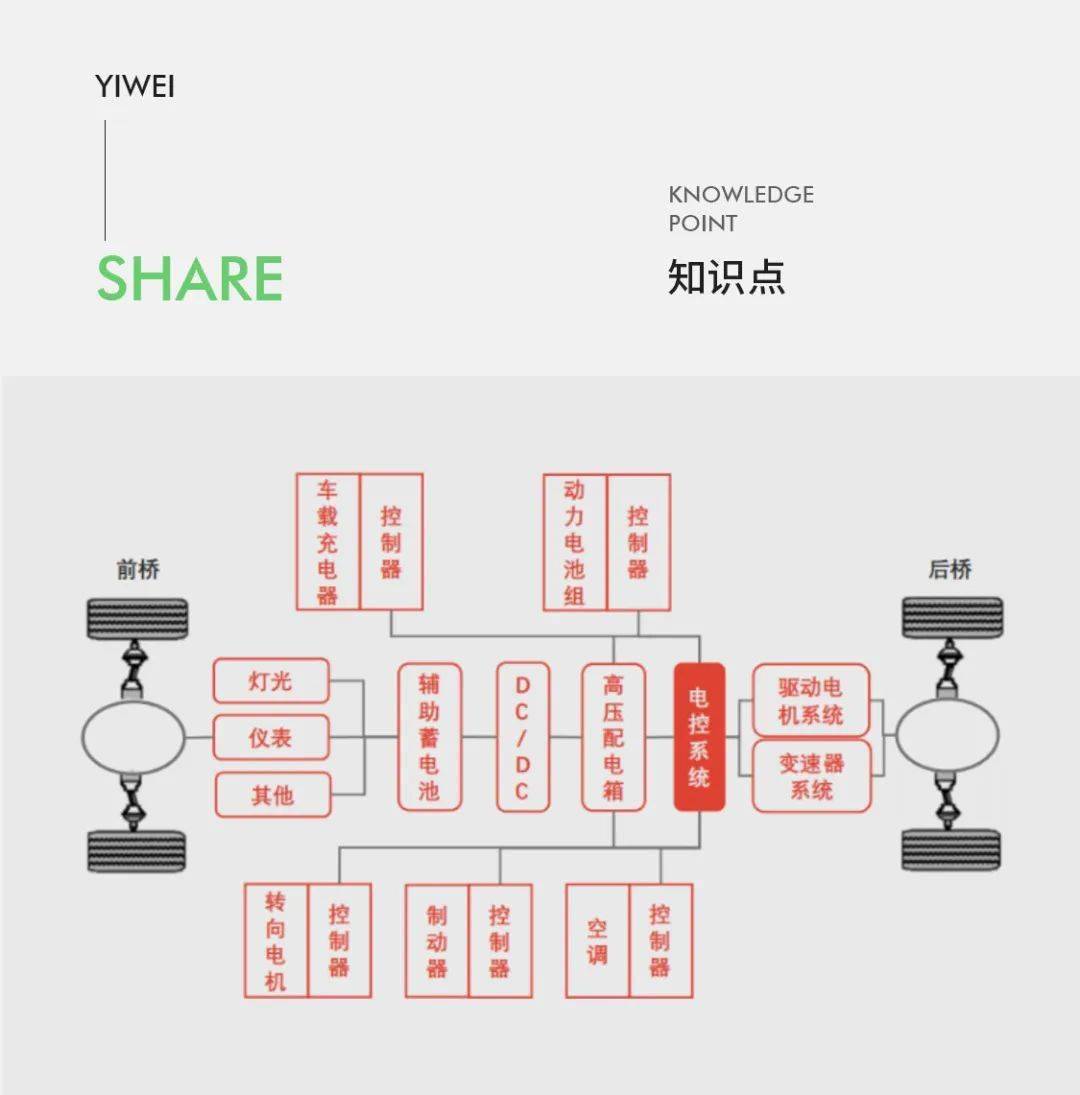
▲电控系统组成简图
01. 整车控制VCU
整车控制器作为电动汽车中央控制单元,是整个控制系统的核心,也是各个子系统的调控中心。VCU的主要功能是协调管理整车运行状态,包括采集电机及电池状态,采集加速踏板信号、制动踏板信号、执行器及传感器信号,根据驾驶员意图综合分析做出相应判定后,监控下层各部件控制器动作。
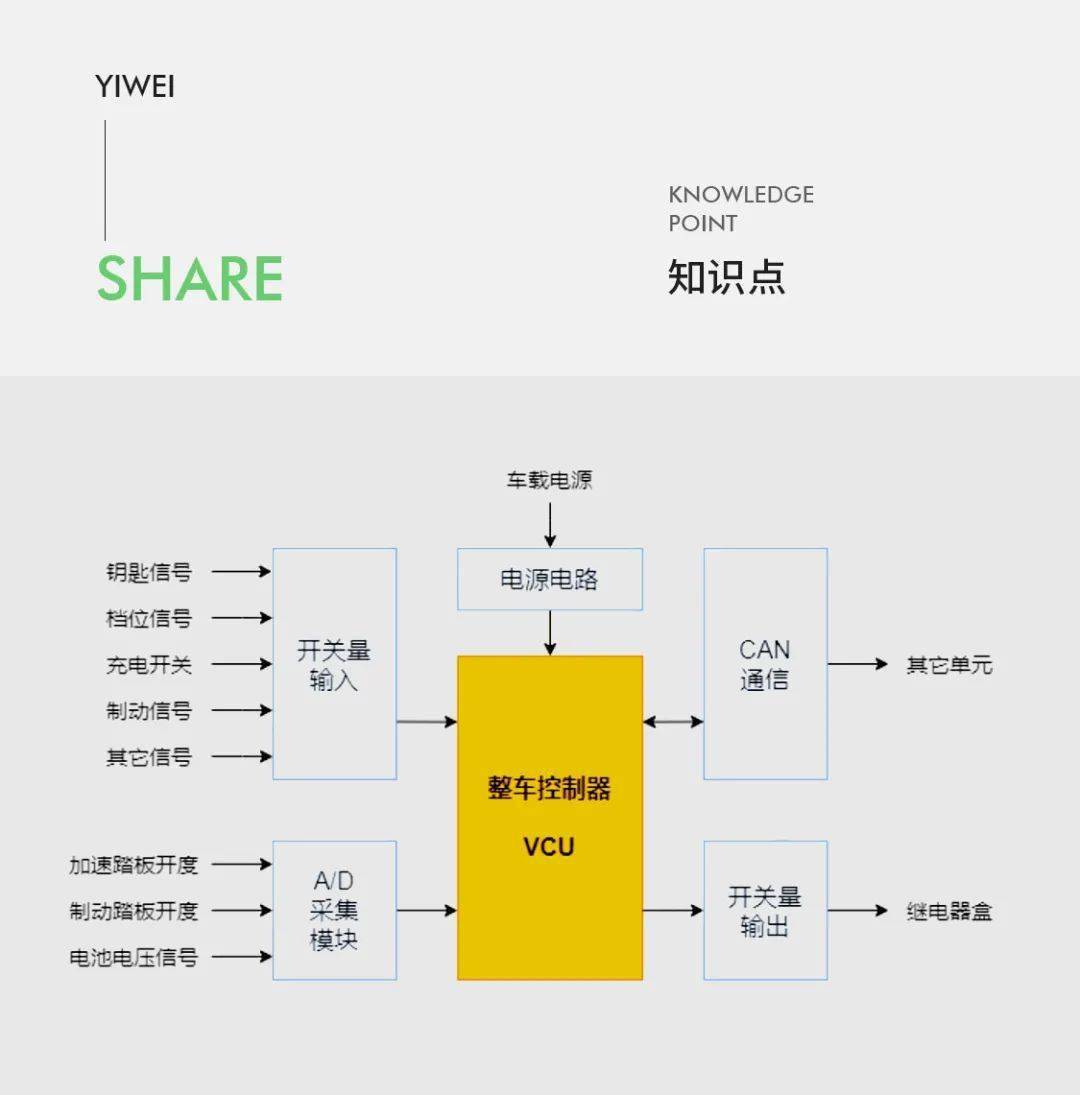
02. 驱动电机控制器
电机控制器的作用主要是接收整车控制器的扭矩报文指令,进而控制驱动电机的转速与转动方向;另外,在能量回收过程中,电机控制器还要负责将驱动电机副扭矩产生的交流电进行整流回充给动力电池。
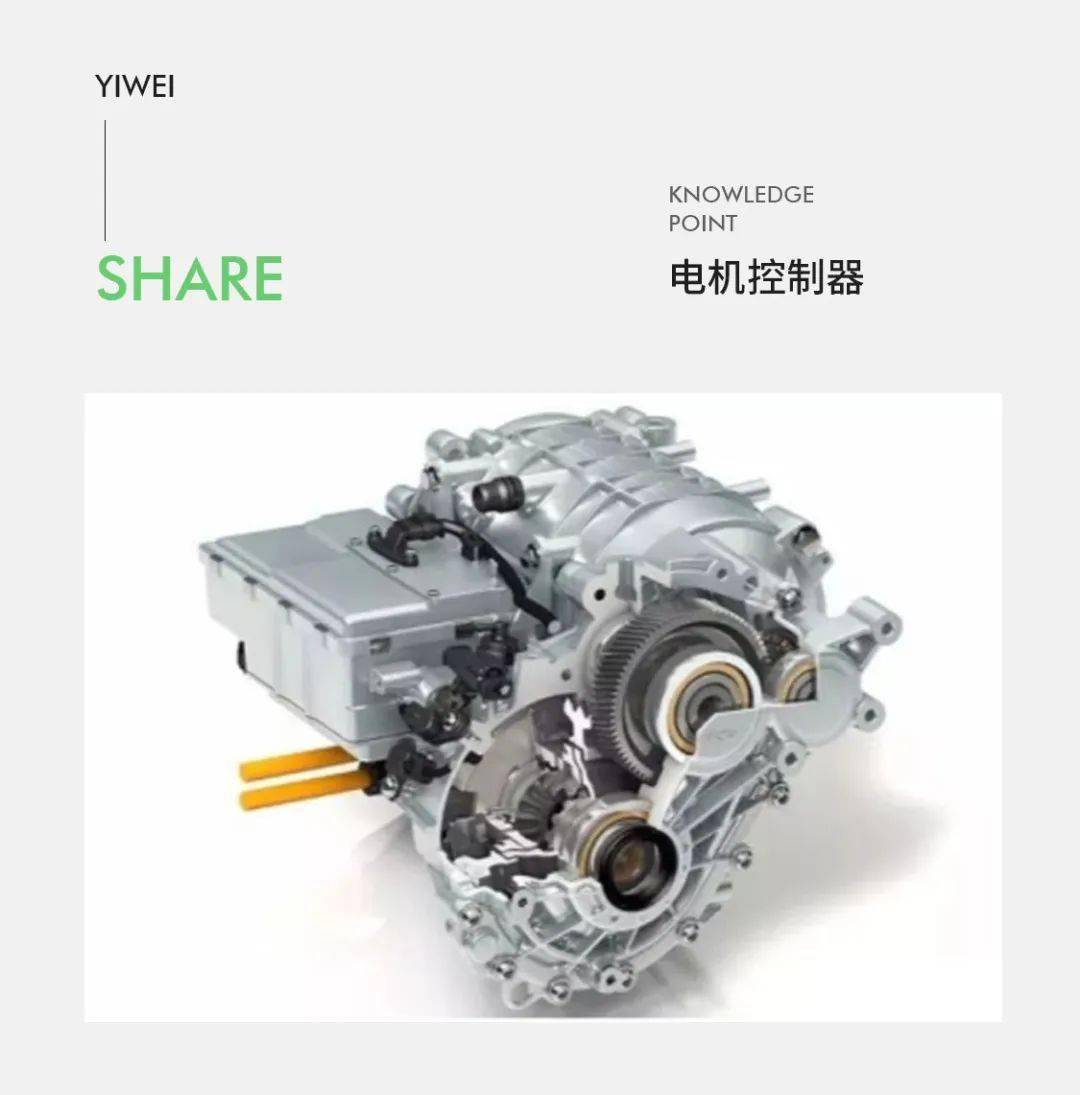
03. 电池管理系统
相比前两个控制器,电池管理系统相对比较“年轻”,其主要功能包括:电池物理参数实时监测、在线诊断与报警、充放电与预充控制、均衡管理和热管理等。

在新能源汽车电控系统设计基础上,东风俊风汽车把专用车整车电控系统分为高压电控系统和低压电控系统两个部分。
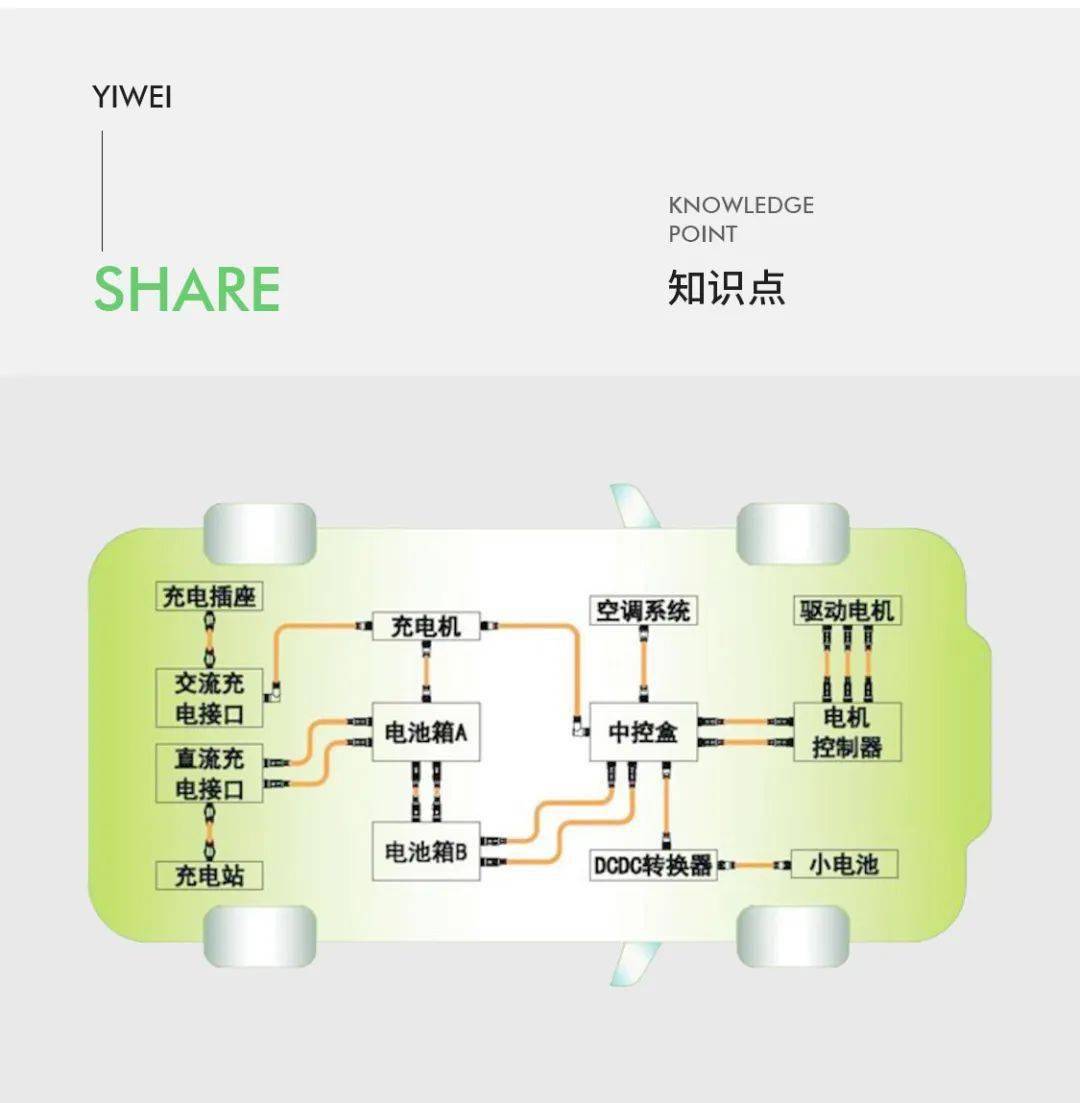
▲高低压电器控制系统
01. 高压电控系统
在电动车上,高电压的部件有动力电池、驱动电机、高压配电箱(PDU)、电动压缩机、DC/DC、OBC、PTC、高压线束等。这些部件构成了车辆的高压系统,其中动力电池、驱动电机和高压调节系统是纯电动汽车的三大核心部件。
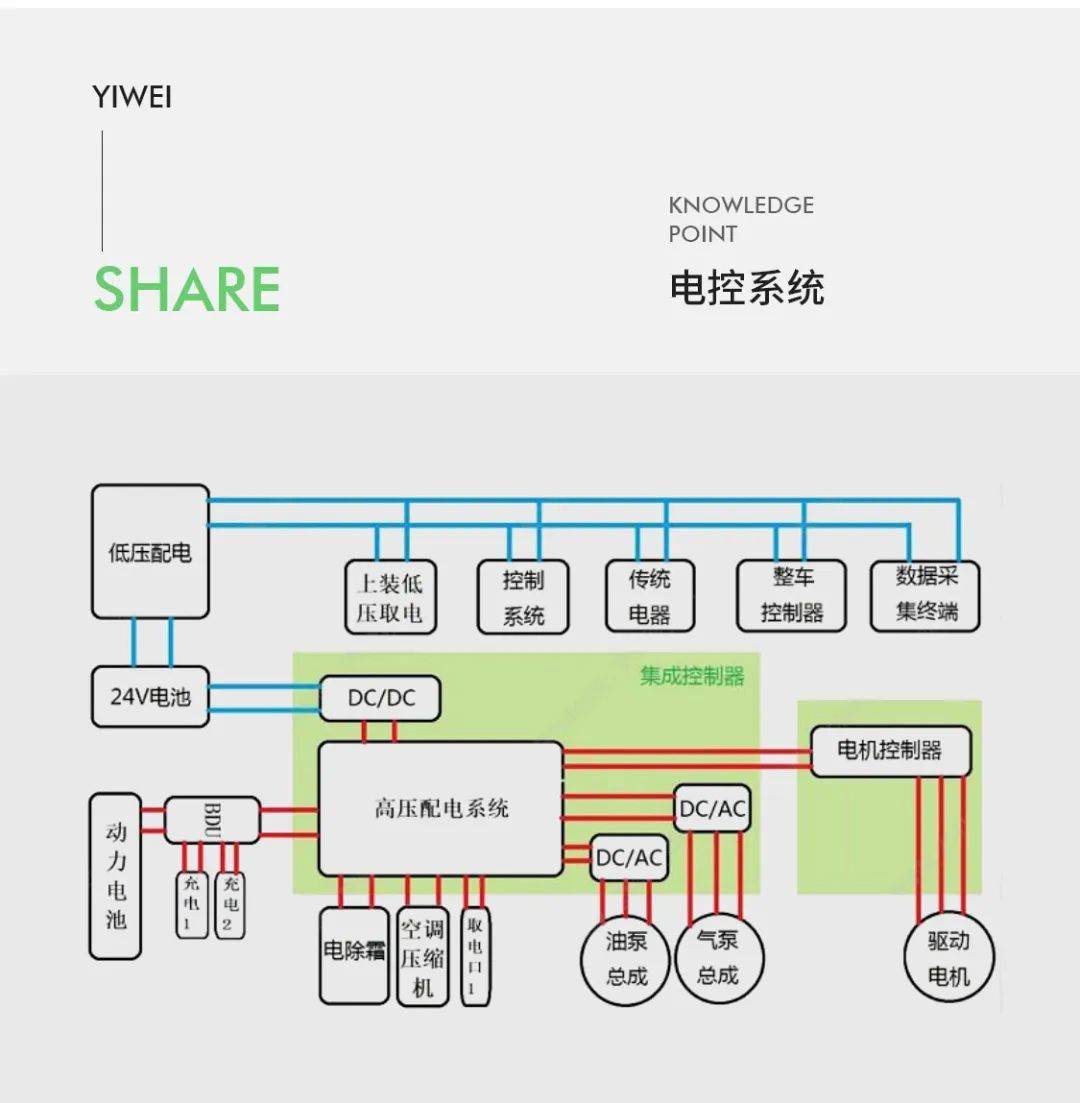
电池组和动力电池管理系统
新能源电动车的动力来源是动力电池,动力电池的电压大多在100~400V,输出电流可达300A,动力电池的容量影响整车的续航里程,同时也影响充电时间和效率。
驱动电机和电机控制器
电机控制器将高压直流电转换为交流电,并与整车其他模块进行信号交互,实现对驱动电机的有效调节。其工作效率更高,达到85%以上,与传统汽车相比,其能源利用率更高,可以缩短资源浪费。
高压调节系统
高压调节系统的作用主要是通过高压配电箱实现的,高压配电箱由许多高压继电器和高压熔断器组成,内部还内置相关芯片,实现与相关模块的信号通信,保证整车高压用电安全。
02. 低压电控系统
电动汽车低压电气系统主要由DC/DC功率变换器、辅助蓄电池和若干低压电器设备组成。电动汽车的低压电器设备主要包括灯光系统、仪表系统和娱乐系统等。目前,低压电气系统通常采用12V/24V直流电源作为整车低压电源,一方面为灯光和雨刮器等常规低压电器供电,另一方面为整车控制器、电机控制系统、电池管理系统以及高压设备的控制器及冷却电动水泵等辅件供电。

通过以上电控系统的配合,搭配壹为自主研发专用底盘,东风汽车打造出了独具特色的多种新能源专用车型。
下面仅列举几项:
2.7吨路面养护车
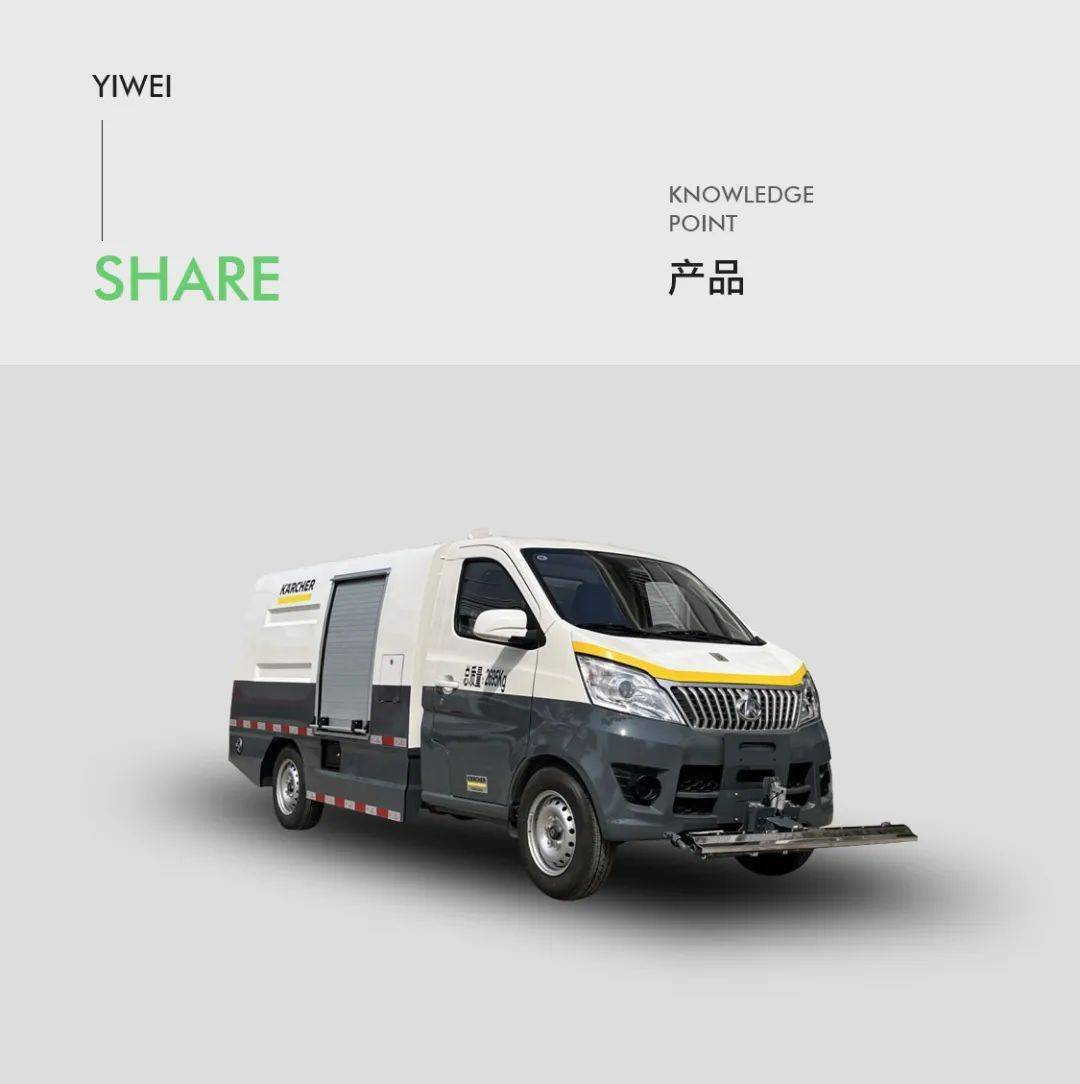
4.5吨自装卸式垃圾车
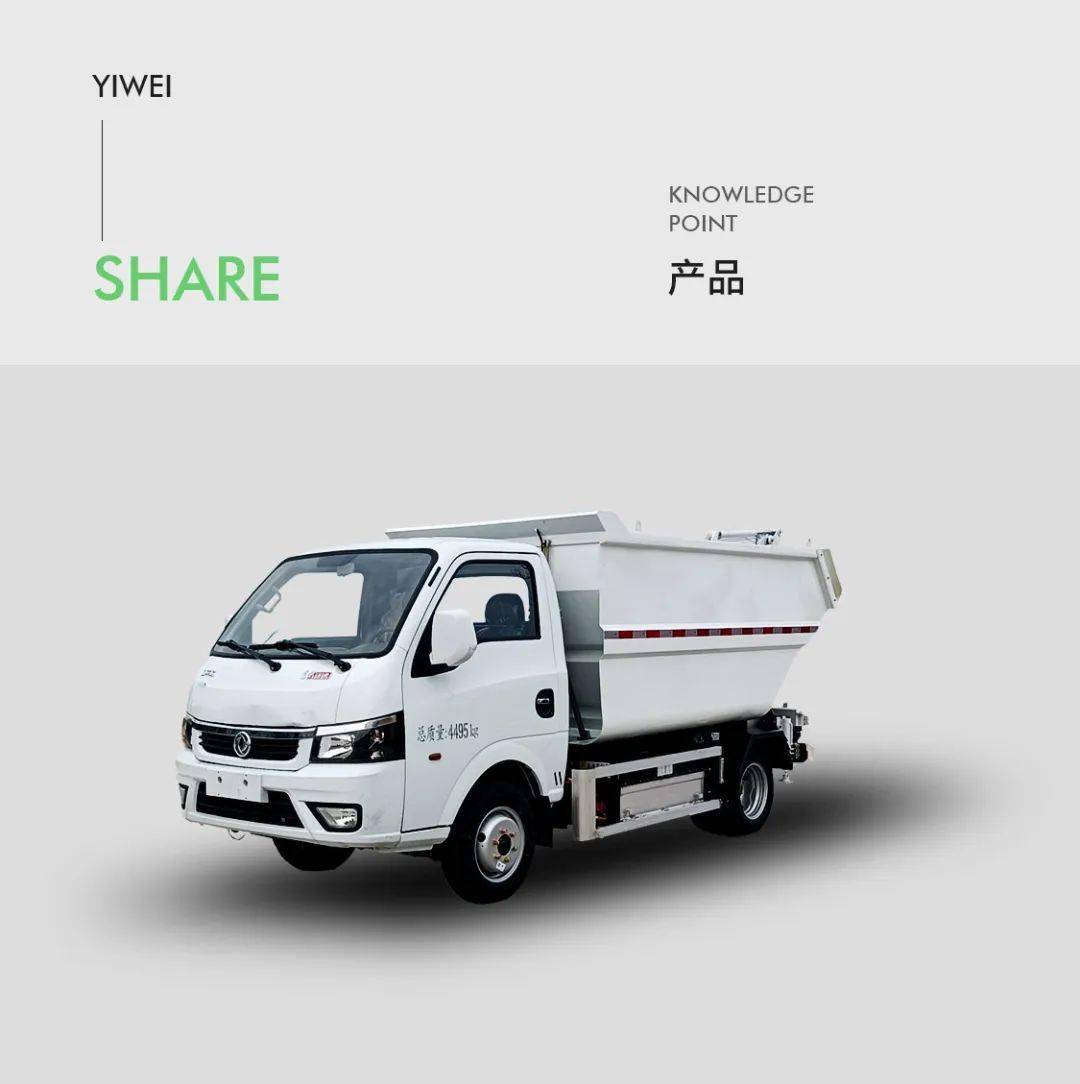
9吨餐厨车
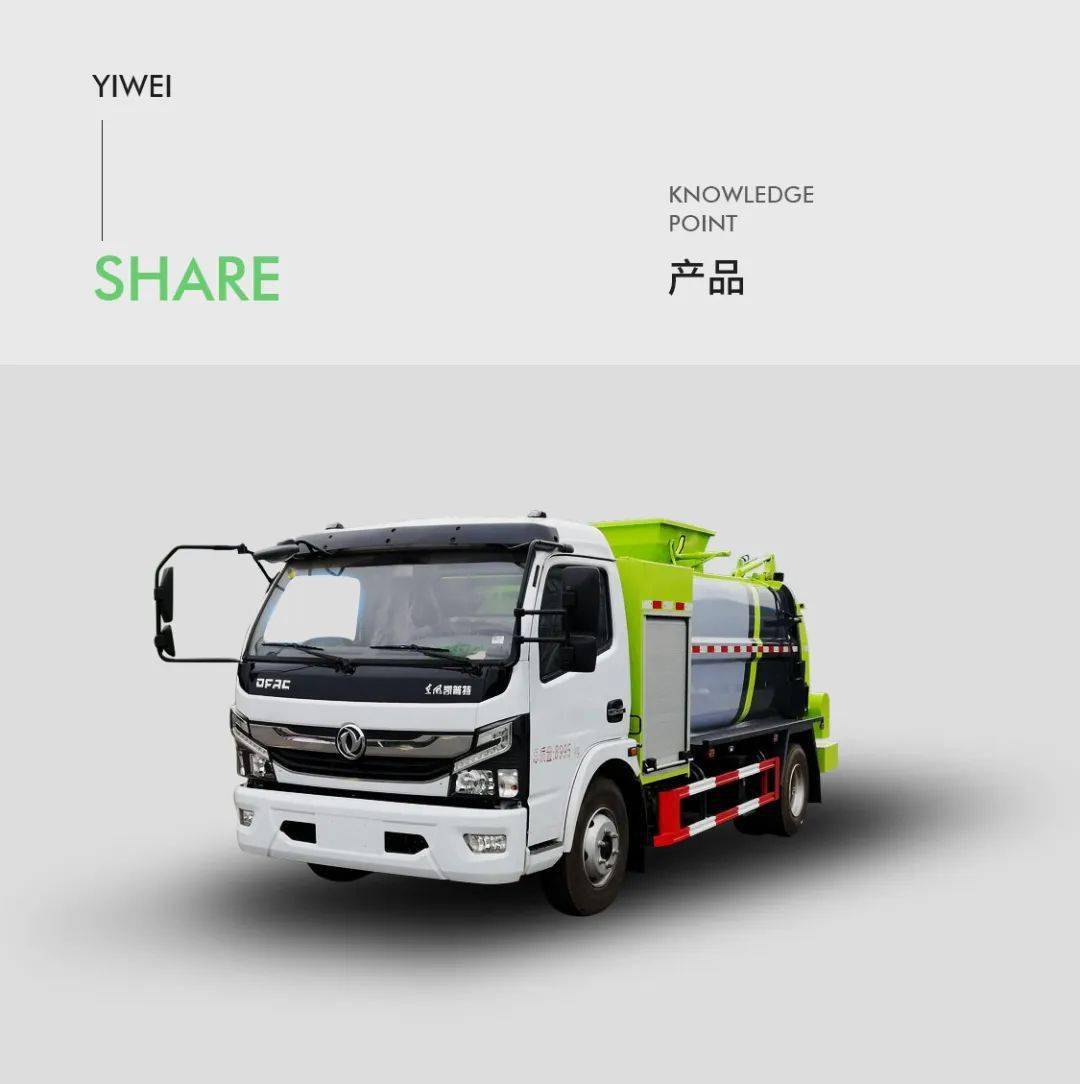
18吨洗扫车
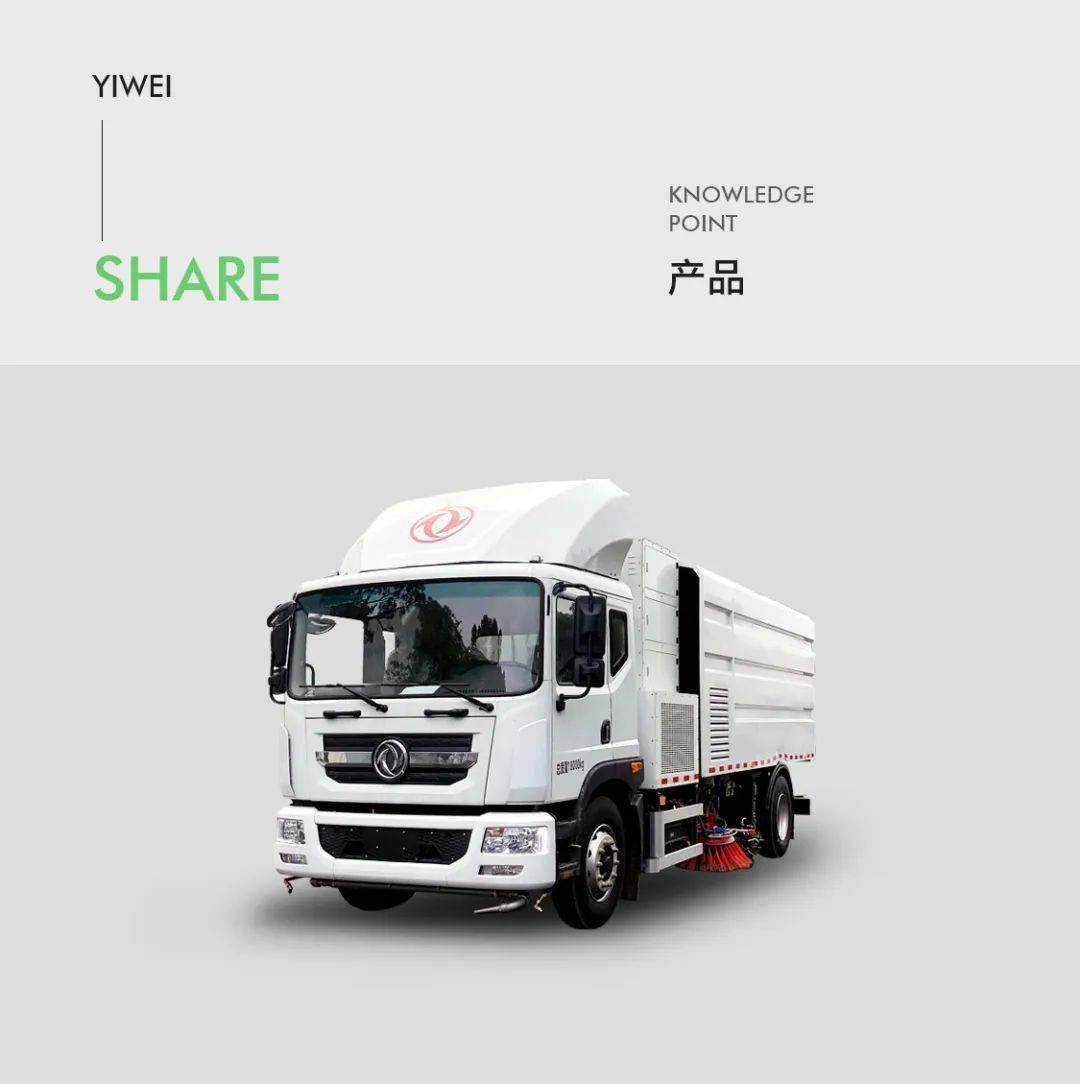
基于以上设计研发,东风集团、俊风汽车公司与相关新能源汽车有限公司开发了20余款底盘及各类新能源环卫车型300余款,应用在城市的大街小巷,所有车型自动化程度高、安全性高以及维护方便,能更好的满足各种场景的环卫作业需求。
The brain of new energy vehicles - electronic control system
In recent years, with the increasing promotion of national new energy vehicles and the continuous and rapid development of the new energy vehicle industry, we can see more and more new energy vehicles in our daily life, and new energy vehicles have become one of the current Fashion.
Today, I would like to introduce the brain of new energy vehicles - the electronic control system.
The new energy vehicle electronic control system, in a narrow sense, refers to the vehicle controller, and in a broad sense, includes the vehicle controller, battery management system, and drive motor controller.
▲Schematic diagram of the composition of the electronic control system
01. Vehicle control VCU
As the central control unit of electric vehicles, the vehicle controller is the core of the entire control system and the control center of each subsystem. The main function of the VCU is to coordinate and manage the running status of the vehicle, including collecting motor and battery status, collecting accelerator pedal signals, brake pedal signals, actuators and sensor signals. Component controller action.
02. Drive motor controller
The main function of the motor controller is to receive the torque message command from the vehicle controller, and then control the speed and direction of rotation of the drive motor; in addition, in the process of energy recovery, the motor controller is also responsible for the AC power generated by the torque of the drive motor pair. Perform rectification and recharge to the power battery.
03. Battery management system
Compared with the previous two controllers, the battery management system is relatively young, and its main functions include: real-time monitoring of battery physical parameters, online diagnosis and alarm, charge-discharge and pre-charge control, balance management and thermal management.
On the basis of the design of the electric control system of new energy vehicles, Dongfeng Motor divides the electric control system of the special vehicle into two parts: the high-voltage electric control system and the low-voltage electric control system.
▲High and low voltage electrical control system
01. High voltage electronic control system
In electric vehicles, high-voltage components include power batteries, drive motors, high-voltage power distribution boxes (PDUs), electric compressors, DC/DC, OBC, PTC, and high-voltage wiring harnesses. These components constitute the high-voltage system of the vehicle, among which the power battery, the drive motor and the high-voltage regulation system are the three core components of the pure electric vehicle.
Battery pack and power battery management system
The power source of the new energy electric vehicle is the power battery. The voltage of the power battery is mostly 100~400V, and the output current can reach 300A. The capacity of the power battery affects the cruising range of the whole vehicle, as well as the charging time and efficiency.
The motor controller converts high-voltage direct current into alternating current, and interacts with other modules of the vehicle to achieve effective adjustment of the drive motor. Its work efficiency is higher, reaching more than 85%. Compared with traditional cars, its energy utilization rate is higher, which can shorten the waste of resources.
The function of the high-voltage regulation system is mainly realized through the high-voltage distribution box. The high-voltage distribution box is composed of many high-voltage relays and high-voltage fuses. There are also built-in related chips to realize signal communication with related modules and ensure the safety of high-voltage electricity consumption of the whole vehicle. .
02. Low voltage electronic control system
The low-voltage electrical system of an electric vehicle is mainly composed of a DC/DC power converter, an auxiliary battery and a number of low-voltage electrical equipment. The low-voltage electrical equipment of electric vehicles mainly includes lighting systems, instrumentation systems and entertainment systems. At present, the low-voltage electrical system usually uses 12V/24V DC power supply as the low-voltage power supply of the whole vehicle. Power supply for accessories such as controller and cooling electric water pump.
Through the cooperation of the above electronic control systems and the special chassis independently developed by Yiwei, Yiwei has created a variety of unique new energy vehicles.
Based on the above design and development, Dongfeng Group, Junfeng Motor Co., Ltd. and related New Energy Vehicle Co., Ltd. have developed more than 20 chassis and more than 300 new energy sanitation models, which are used in urban streets and alleys. All models have a high degree of automation and With high safety and easy maintenance, it can better meet the needs of sanitation operations in various scenarios.

